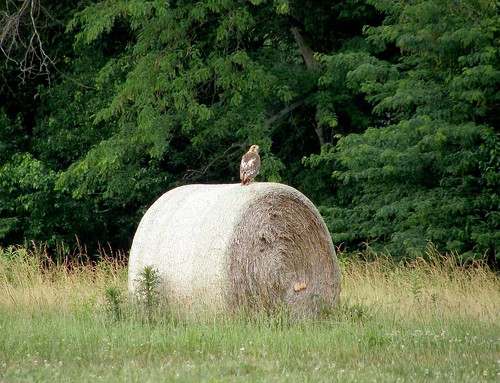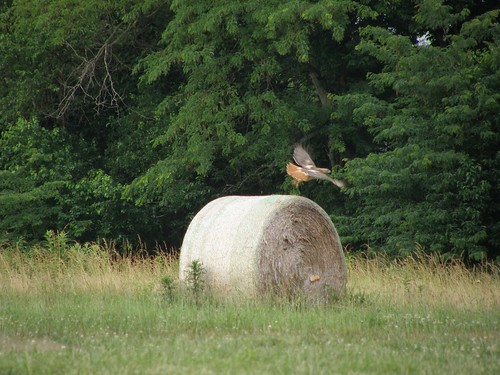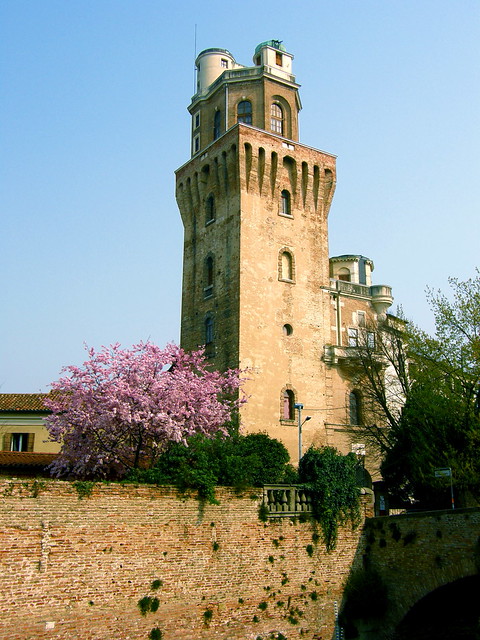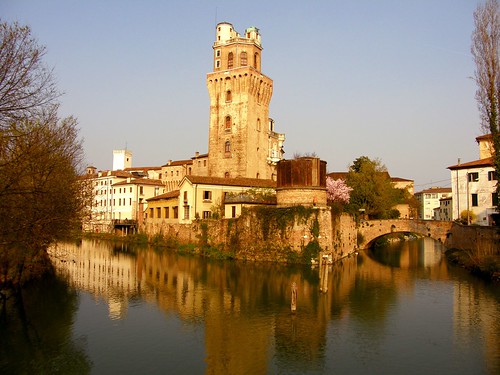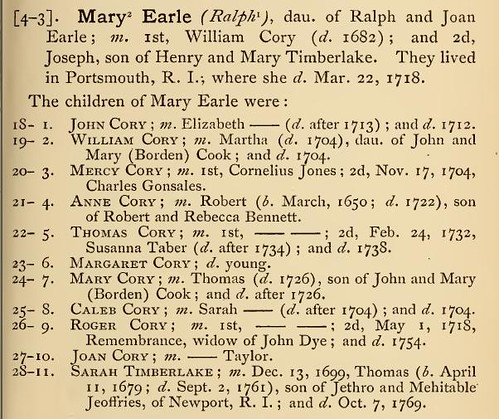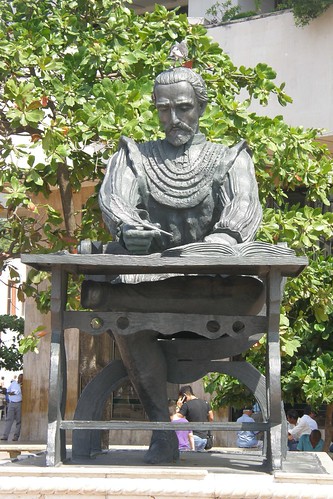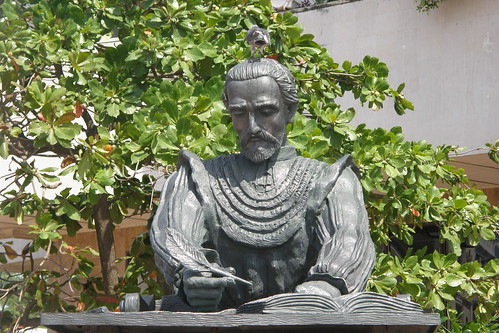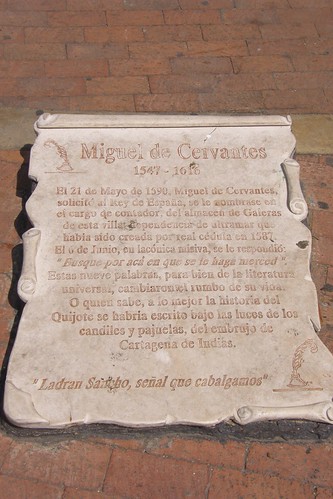Press Release
June 30, 2016
More Information
National Archives Presents "Shared Legacies: Honoring the Black-Jewish Civil Rights Alliance" on July 21
Program features a reading by actor Louis Gossett, Jr.
Washington, DC…On Thursday, July 21, 2016, at 7 p.m., the National Archives will present a panel discussion of "Shared Legacies: Honoring the Black-Jewish Civil Rights Alliance," which will also feature a special reading by Academy Award®-winning actor Louis Gossett, Jr.
Deborah Lauter, director of civil rights for the Anti-Defamation League, will moderate the panel, which will focus on the historic connection between African American and Jewish communities. Panelists include C.T. Vivian, Civil Rights icon and winner of the Presidential Medal of Freedom; Clarence B. Jones, an advisor to Dr. Martin Luther King, Jr.; Rabbi Israel Dresner, the foremost rabbinic participant in the Civil Rights struggle of the 1960s; and Susannah Heschel,the Eli Black Professor of Jewish Studies at Dartmouth College. Following the discussion, there will be a short musical performance featuring Yvette Spears and the Robyn Helzner Trio.
The program is free and open to the public. You can reserve your seat online or visit National Archives YouTube channel to watch a live stream.
The program will be held in the William G. McGowan Theater of the National Archives Museum in the National Archives Building, located at Constitution Ave. and 7th Street, NW, in Washington, DC. Metro accessible on the Yellow and Green lines, Archives/Navy Memorial/Penn Quarter station. Attendees should enter through the Special Events entrance.
The event is presented in partnership with the 2016 March on Washington Film Festival, a production of The Raben Group
